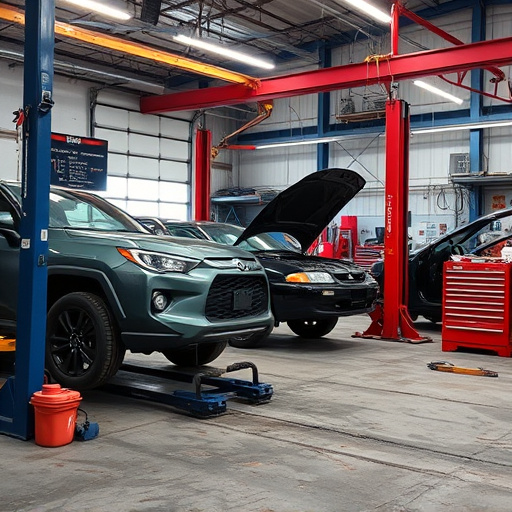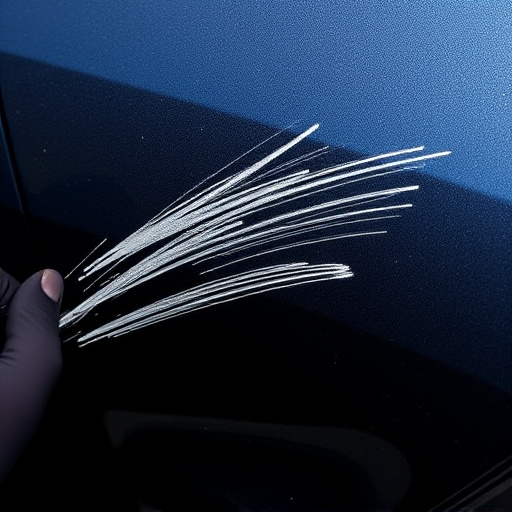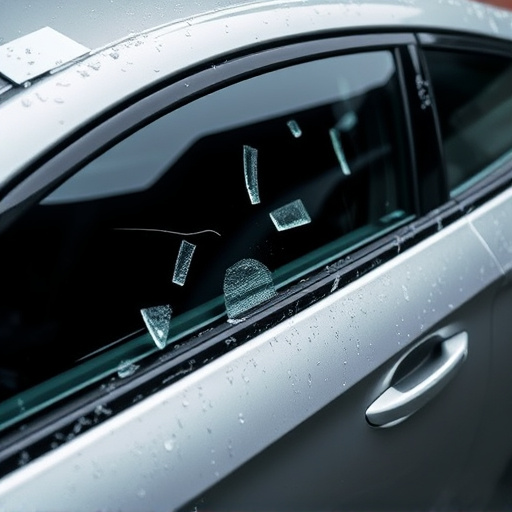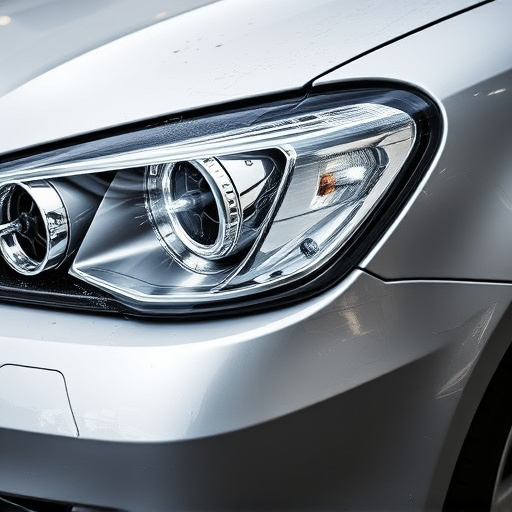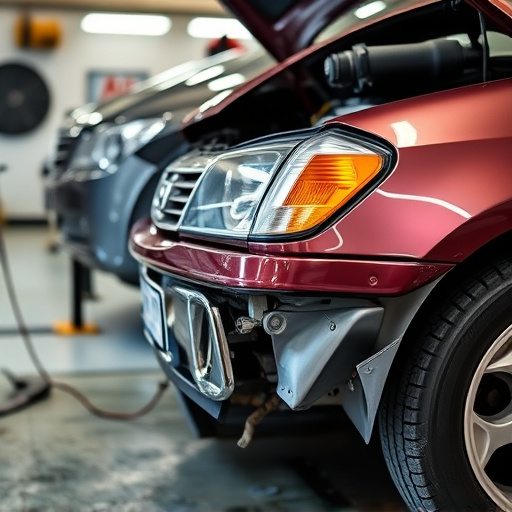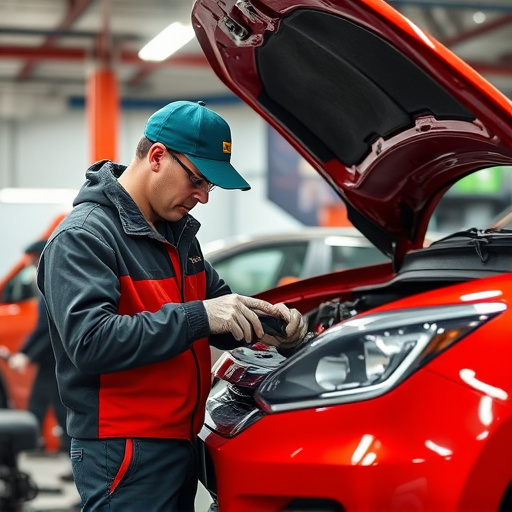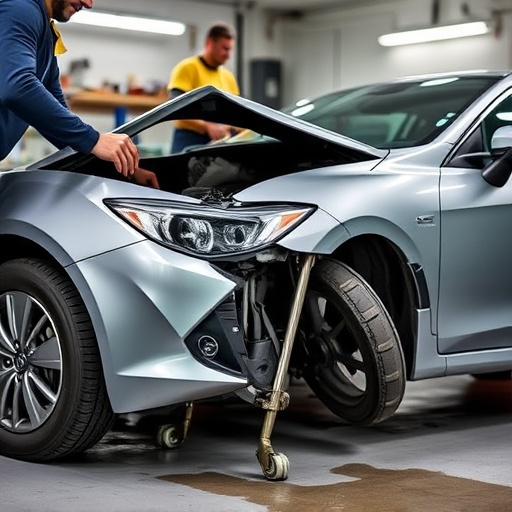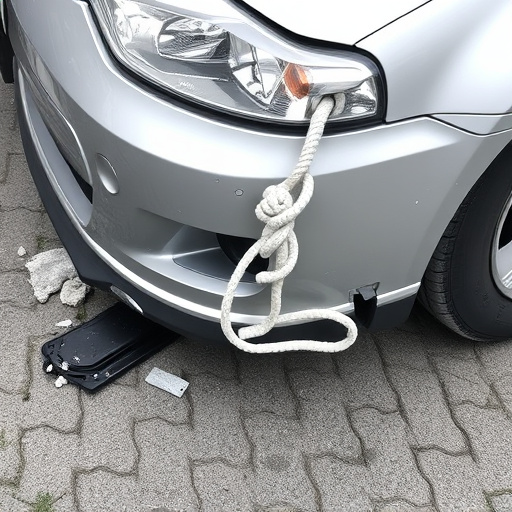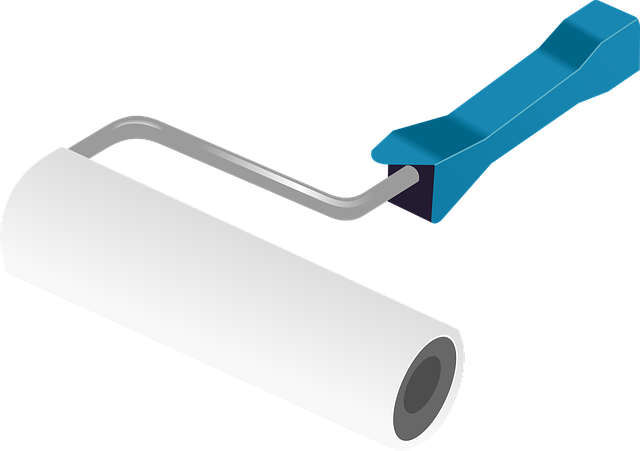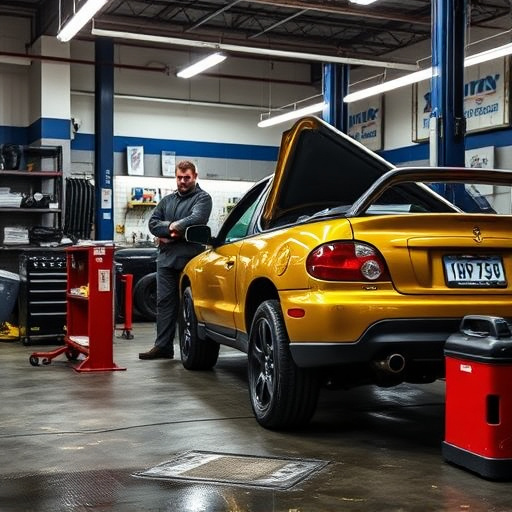The Mercedes Rollover Protection System (RPS) enhances safety with sensors, airbags, and structural modifications. Regular maintenance, including RPS inspections and repairs, is vital for its effectiveness. Diagnostic memory logs vehicle performance data, aiding technicians in swiftly identifying and resolving issues like dirty sensors or faulty memory, ensuring optimal occupant protection.
Mercedes’ Rollover Protection System (RPS) is a critical safety feature designed to minimize injury in rollovers. This advanced system uses sensors and actuators to deploy airbags and reinforce the vehicle’s structure during a crash. However, faults within the RPS can go unnoticed until they’re stored in the diagnostic memory. This article delves into understanding the Mercedes rollover protection system, exploring how it works, where faults are stored, and offering troubleshooting tips for common RPS issues.
- Understanding Mercedes Rollover Protection System
- Diagnostic Memory: Storage of Faults
- Troubleshooting Common Rollover Protection Issues
Understanding Mercedes Rollover Protection System

The Mercedes Rollover Protection System (RPS) is a sophisticated suite of safety features designed to safeguard occupants in the event of a rollover accident. This advanced system employs a network of sensors, airbags, and structural enhancements to minimize the risk of serious injuries. When activated, the RPS rapidly deploys side-impact airbags and energy-absorbing zones within the vehicle’s frame, helping to keep passengers secure during a dangerous roll.
Regular auto maintenance plays a crucial role in ensuring the Mercedes RPS remains functional and effective. Over time, sensors and components can experience wear or damage, leading to potential system faults. That’s why it’s essential for owners to have their vehicles regularly inspected for any issues within the diagnostic memory related to the RPS. Promptly addressing these problems through mercedes benz repair can help maintain the integrity of the rollover protection system, ultimately contributing to enhanced safety during every drive.
Diagnostic Memory: Storage of Faults
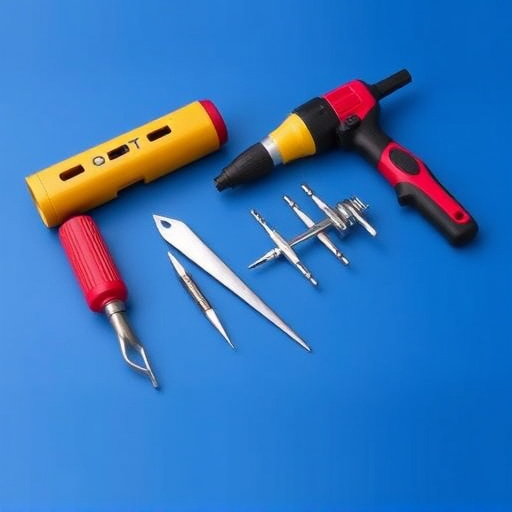
Mercedes vehicles are equipped with sophisticated safety systems, one of which is the Rollover Protection System (RPS). A crucial component in this system is diagnostic memory, a digital repository that stores critical data related to vehicle performance and potential faults. When the RPS detects anomalies or issues, it logs these events into the diagnostic memory for future reference.
This memory acts as a historical record, enabling auto collision centers and skilled auto repair services to quickly identify recurring problems. By accessing this stored information, technicians can pinpoint specific components of the Mercedes rollover protection system that might require attention, whether it’s a faulty sensor or an out-of-spec component. This proactive approach to fault detection not only aids in efficient car paint repair but also ensures the overall safety and reliability of the vehicle.
Troubleshooting Common Rollover Protection Issues
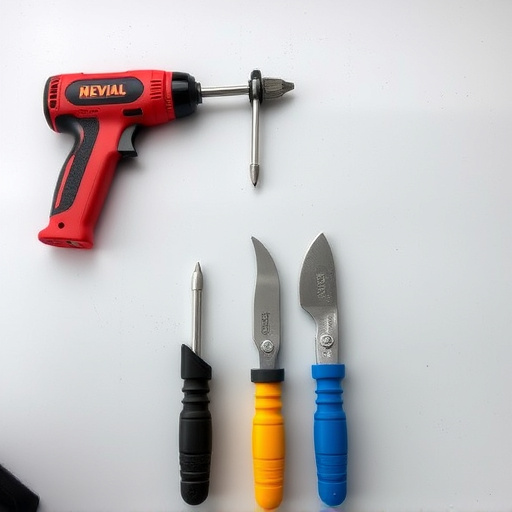
Mercedes rollover protection systems are designed to safeguard occupants during a flip or roll, but they can still encounter issues that require troubleshooting. Common problems include sensors that have become dirty or damaged, leading to incorrect deployment signals. These sensors monitor vehicle dynamics and must be clean and functional for accurate readings. Another frequent issue is faulty diagnostic memory, where stored fault codes might point to seemingly unrelated components, requiring a thorough check of the entire system.
Automotive body shops with expertise in paintless dent repair can play a vital role here. They have the tools and knowledge to diagnose problems, clear error codes, and even replace or recalibrate sensors if needed. Regular maintenance checks and prompt addressing of any anomalies can prevent more severe issues down the line, ensuring the Mercedes rollover protection system functions optimally to safeguard drivers and passengers.
The Mercedes Rollover Protection System (ROPS) is a crucial safety feature designed to mitigate serious injuries in rollovers. By storing faults in diagnostic memory, mechanics can quickly identify and address potential issues. Through understanding how this system works and effectively troubleshooting common problems, owners can ensure the ROPS remains reliable, enhancing overall vehicle safety.

